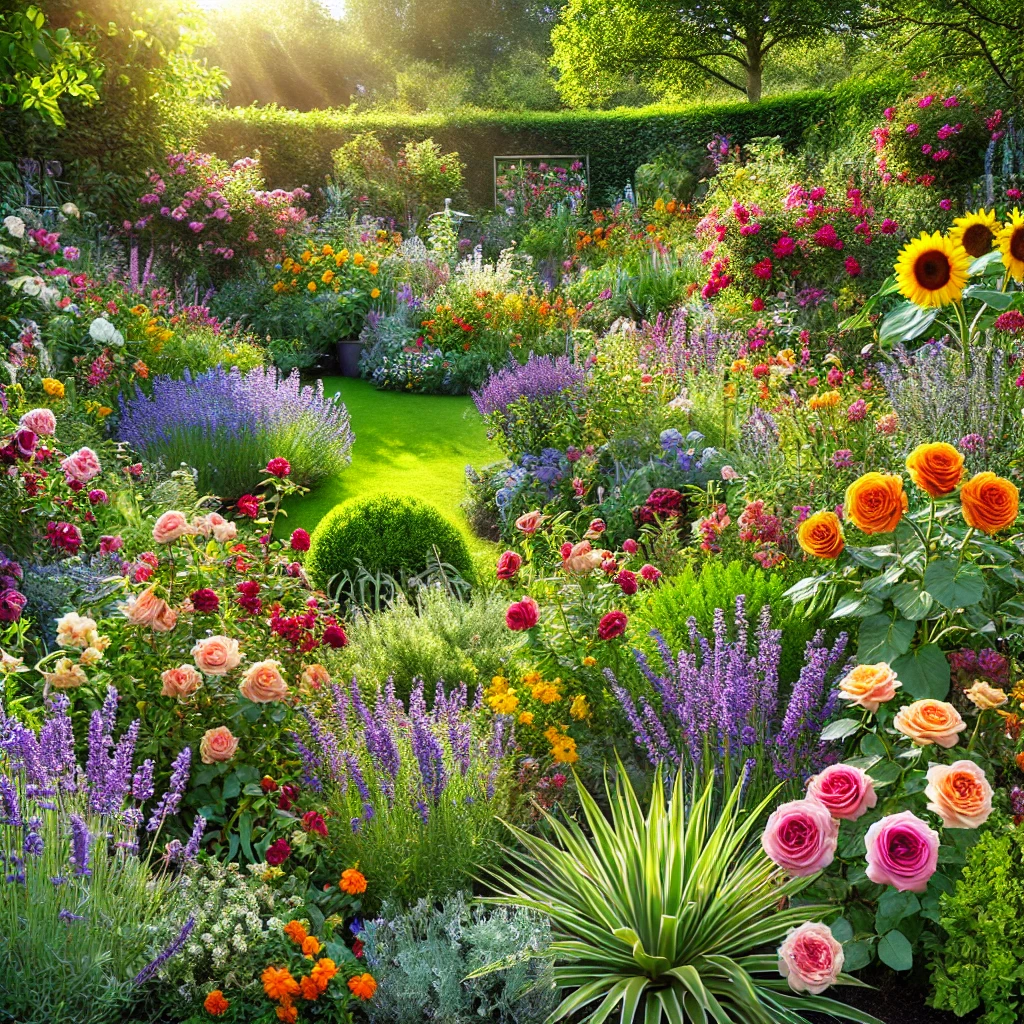Gardening is a beautiful way to connect with nature while adding charm and tranquility to your surroundings. Among the many plants you can grow,garden:cozf9yrvwri= flowers stand out for their ability to enhance outdoor spaces with vibrant colors and delicate fragrances. Whether you’re a beginner or a seasoned gardener, learning how to grow and care for these flowers is an exciting journey that offers aesthetic and ecolo garden:cozf9yrvwri= flowers, from understanding their ideal growing conditions to designing your garden for year-round beauty.
Introduction to garden:cozf9yrvwri= flowers
Flowers have always been a symbol of beauty and renewal. But when it comes to garden:cozf9yrvwri= flowers, there’s more to them than meets the eye. These flowers not only beautify your garden but also play a vital role in maintaining a healthy ecosystem. By cultivating garden:cozf9yrvwri= flowers, you can create a space that is both visually stunning and ecologically balanced.
Whether you’re interested in attracting pollinators, improving soil quality, or simply creating a peaceful sanctuary, garden:cozf9yrvwri= flowers can help you achieve those goals. In the sections below, we’ll dive into various aspects of flower gardening that will guide you toward creating your dream garden.
Ecological Benefits of garden:cozf9yrvwri= flowers
One of the most overlooked advantages of growing garden:cozf9yrvwri= flowers is their ecological impact. These flowers support biodiversity by providing habitats and food for pollinators like bees, butterflies, and hummingbirds. Additionally, they contribute to soil health by preventing erosion and enhancing organic matter as they decompose.
Many flowers, especially native species, attract beneficial insects that help control pest populations naturally. By growing a diverse range of garden:cozf9yrvwri= flowers, you promote ecological balance in your yard, contributing to a healthier environment overall.
Types of Garden Flowers: Annuals vs. Perennials
Understanding the different types of flowers is essential when planning a garden.garden:cozf9yrvwri= flowers fall into two main categories: annuals and perennials. Both offer unique advantages and can be used strategically to create a dynamic landscape.
Annual Flowers: These bloom for one growing season, providing a burst of color and life to your garden. They are perfect for gardeners who want immediate results. Popular annuals include marigolds, petunias, and zinnias.
Perennial Flowers: Unlike annuals, perennials come back year after year, making them a long-term investment in your garden’s beauty. They typically have a shorter blooming period but provide consistent structure and greenery. Examples include lavender, daisies, and roses.
By combining both annuals and perennials in your garden, you can enjoy a constantly evolving landscape that showcases different colors and textures throughout the year.
Popular Varieties of garden:cozf9yrvwri= flowers
Choosing the right flowers for your garden depends on several factors, including climate, soil type, and personal preferences. Some popular varieties of garden:cozf9yrvwri= flowers that are both visually striking and easy to maintain include:
Sunflowers: These bright, towering blooms are a favorite for adding height and drama to gardens. They thrive in full sunlight and well-drained soil.
Roses: Often considered the queen of flowers, roses are a timeless choice that adds elegance to any garden. With their variety of colors and fragrances, they are a staple in many flower gardens.
Lavender: Known for its soothing scent and low maintenance, lavender is a perfect choice for gardeners looking for a fragrant and beautiful addition to their space.
Marigolds: These hardy annuals are not only vibrant in color but also known for their pest-repelling properties, making them ideal for companion planting.
Tulips: With their stunning springtime blooms, tulips bring an early burst of color to gardens.
Ideal Growing Conditions for garden:cozf9yrvwri= flowers
To cultivate healthy garden:cozf9yrvwri= flowers it’s essential to understand the specific growing conditions they require. While each type of flower may have its own preferences, there are general guidelines that apply to most garden flowers.
Sunlight Requirements: Most flowers need at least six hours of direct sunlight per day. However, some flowers, like hostas and ferns, thrive in partial shade. Always check the sunlight requirements for each species to ensure proper growth.
Soil Conditions: The right soil is crucial for flower growth. Most flowers prefer well-drained, fertile soil that is rich in organic matter. Conducting a soil test can help you determine if your garden soil needs amending.
Watering Needs: While it may be tempting to water your garden flowers frequently, overwatering can lead to root rot and other issues. Instead, water deeply but less frequently, allowing the soil to dry out between watering sessions.
Fertilization: Providing your flowers with the right nutrients is key to their development. Use a balanced, slow-release fertilizer during the growing season to ensure sustained growth.
Common Challenges in Flower Cultivation
Growing Garden
= Flowers can be a rewarding experience, but it doesn’t come without challenges. Understanding and addressing common problems will help you maintain a thriving garden.
Pests: Aphids, slugs, and caterpillars are just a few examples of pests that can wreak havoc on your flowers. Use organic pest control methods such as introducing beneficial insects like ladybugs or using neem oil.
Diseases: Fungal diseases, such as powdery mildew and root rot, can affect flower health. Ensure proper air circulation and avoid overwatering to prevent these issues.
Weather Conditions: Unexpected weather changes, such as frost or heatwaves, can damage your flowers. Protect your plants by using mulch, row covers, or moving potted flowers indoors when necessary.
Best Practices for Garden Design with Flowers
Designing a garden filled with garden:cozf9yrvwri= flowers is an opportunity to showcase your creativity while enhancing your outdoor space. Here are some tips for effective garden design:
Plan for Year-Round Color: Choose a mix of flowers that bloom at different times throughout the year to ensure continuous color in your garden.
Incorporate Vertical Elements: Use trellises, fences, or tall plants to add height and dimension to your garden.
Create Focal Points: Add focal points such as a birdbath, garden bench, or a cluster of large flowers to draw attention and create a sense of balance.
Consider Companion Planting:
Pairing certain flowers together can improve growth and deter pests. For example, planting marigolds near tomatoes can help keep pests at bay.
Seasonal Care for garden:cozf9yrvwri= flowers
Caring for yourgarden:cozf9yrvwri= flowers throughout the seasons is key to keeping them healthy and vibrant. Here’s a breakdown of what to do during different times of the year:
Spring: This is the time for planting new flowers and pruning existing ones. Make sure your soil is ready for the growing season by adding compost and organic matter.
Summer: As the weather warms up, make sure to water deeply and mulch to retain moisture. Deadheading spent flowers will encourage new blooms.
Fall: Fall is the perfect time to plant bulbs for spring flowers like tulips and daffodils. It’s also a good time to clean up the garden by removing dead plants and leaves.
Winter: Depending on your climate, some flowers may need protection from frost. Use burlap or row covers to shield your plants, and prune perennials to prepare them for spring growth.
Maintenance Tips and Tricks
Maintaining a garden filled with garden:cozf9yrvwri= flowers requires ongoing care and attention. Below are some tips to help you keep your flowers looking their best:
Watering: Water in the early morning or late evening to minimize evaporation and allow the plants to absorb moisture before the heat of the day.
Pruning: Regularly trim dead or dying flowers to encourage new growth. This practice, known as deadheading, ensures that your flowers continue to bloom throughout the season.
Mulching: Adding a layer of mulch around your flowers helps retain moisture, suppress weeds, and regulate soil temperature.
Pest Control: Monitor your garden for signs of pests and address them early using natural or organic methods.
Conclusion and Call to Action
In conclusion, cultivating a garden filled with garden:cozf9yrvwri= flowers not only beautifies your outdoor space but also supports a healthy and sustainable environment. With the right flowers, thoughtful garden design, and ongoing care, your garden can become a vibrant sanctuary that offers joy and tranquility year-round.
Whether you’re just starting out or are a seasoned gardener, there’s always something new to learn about garden:cozf9yrvwri= flowers So, take the first step toward creating your dream garden today—experiment with different flowers, try new design ideas, and enjoy the process of nurturing your little corner of nature.

